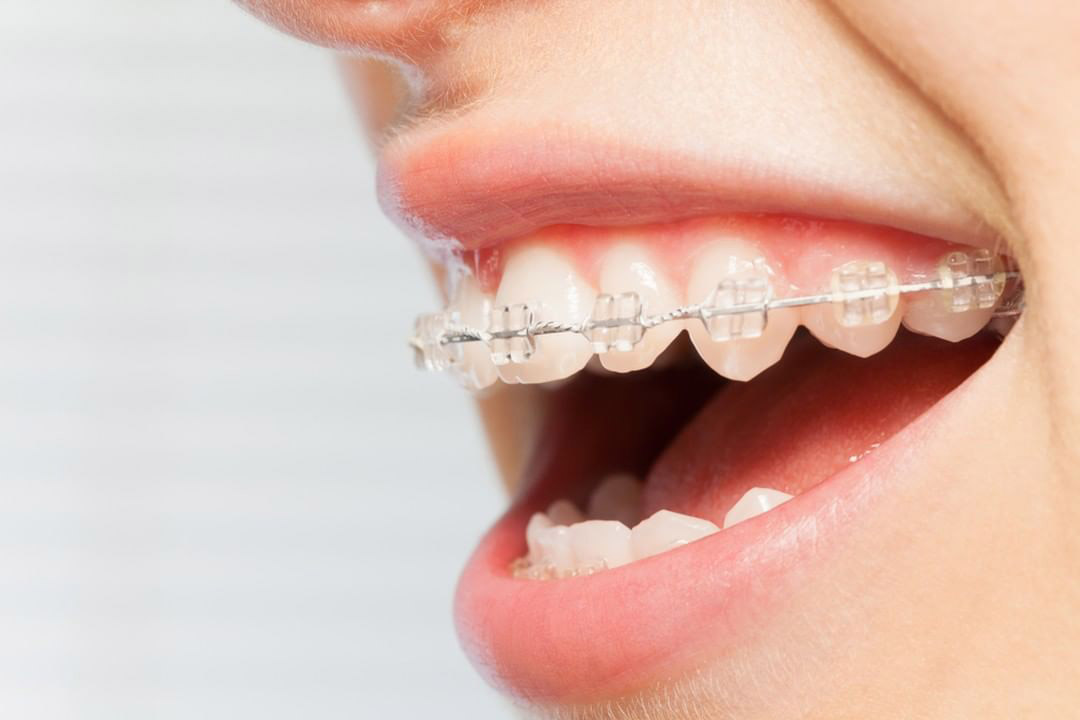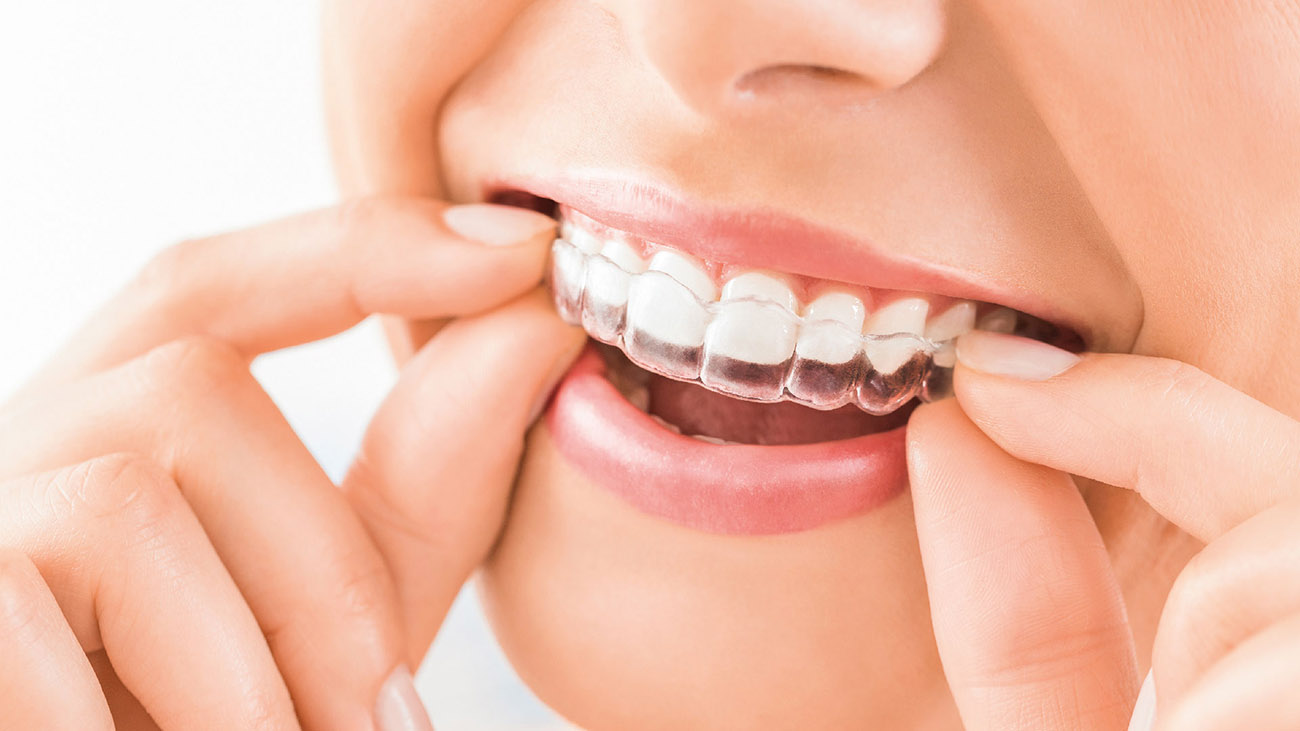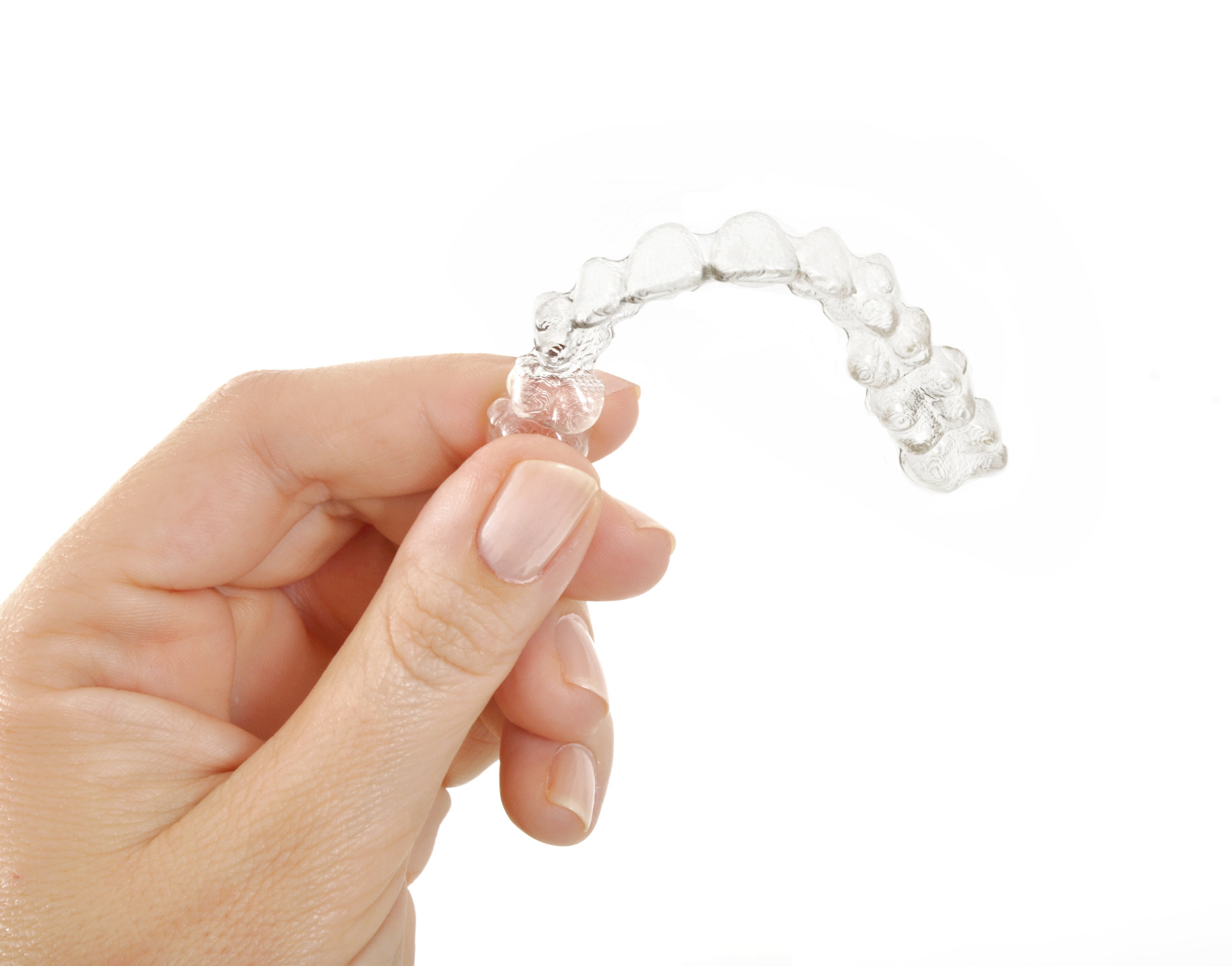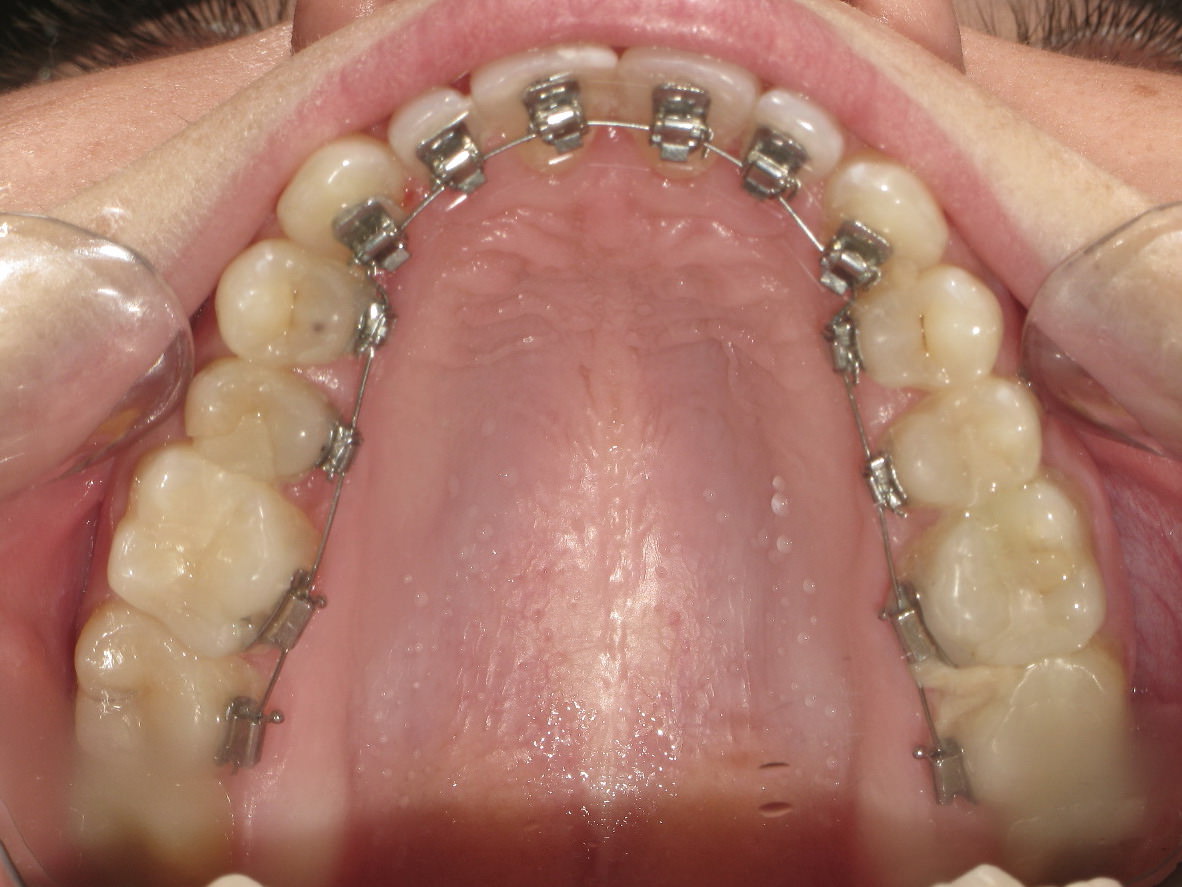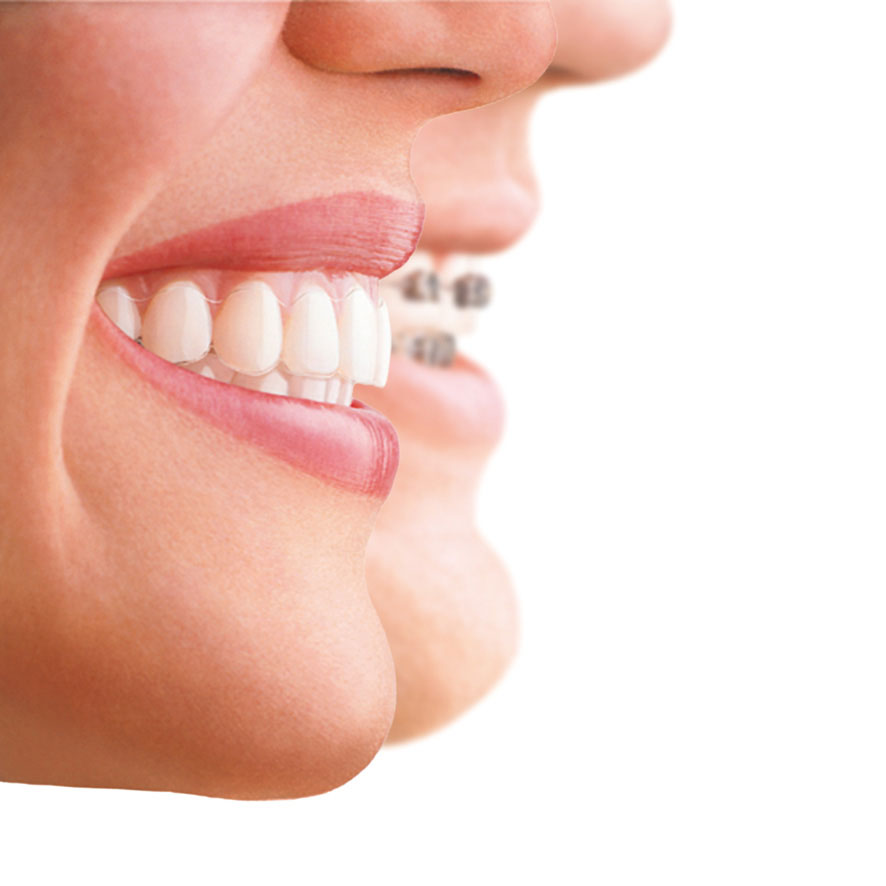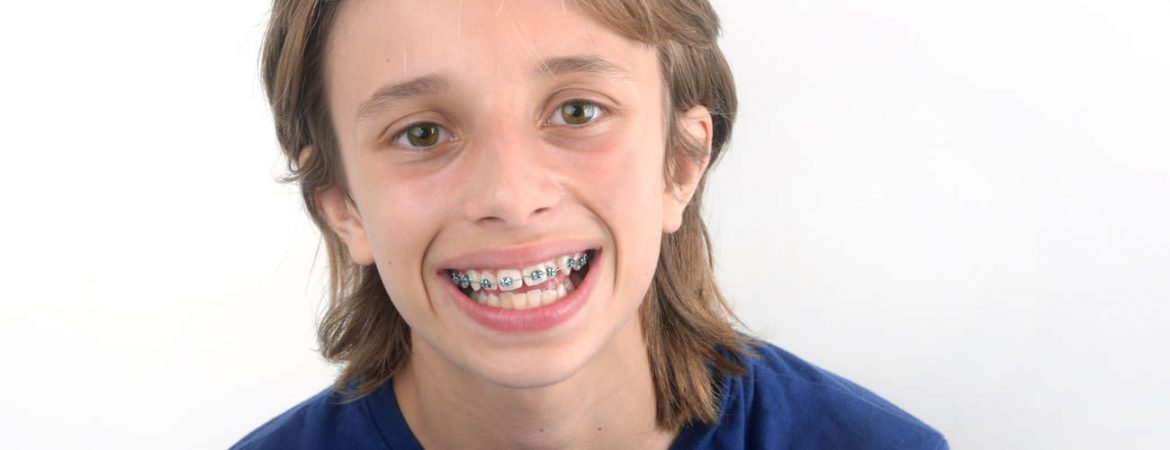
Early orthodontic evaluation and treatment is the best way to ensure your children will have a good start in oral health. In the children’s dental clinic of Dr. Ignacio García Espona we are focused on children’s orthodontics in Granada.
In many cases, orthodontic problems are easier to correct if they are detected early. This is the reason why SEDO (Spanish Society of Orthodontics) and AESOR (Spanish Association of Orthodontic Specialists) recommend that children should visit the orthodontist for the first time at the age of seven. Dr. Ignacio García Espona is a benchmark for children’s orthodontist in Granada.
CHILDREN´S ORTHODONTIC TREATMENT IN GRANADA
Some children may not need treatment until they are 11/13 years old, but first molars and permanent incisors usually appear around seven years old. So, issues such as cross-bites, crowding, and other problems have to be treated at this young age.
There are many reasons why a child may need orthodontic treatment at a young age. An early-stage treatment can reduce or prevent the need for more invasive treatment when your child is older.
When treatment is started at an early age, your child’s orthodontist can make efforts to guide the growth of the jaw (Dentofacial Orthopedics) and the emerging permanent teeth.
All of the following problems can be treated with early orthodontics (Phase I):
- Thumb sucking
- Chewing and breathing problems
- Late or early loss of temporary teeth
- Teeth that are crowded, loose, or impacted
- Upper and lower teeth that do not fit properly
- Incorrect jaw alignment
- Lingual habits
- Cross-bites
PHASE I TREATMENT IN CHILDREN'S ORTHODONTICS
Phase I, also known as early interceptive treatment, involves limited forms of orthodontic treatment (for example, expanders or partial appliances) that take place before all of the child’s permanent teeth have erupted.
These types of treatment usually start between six and ten years of age. Early treatment may be recommended to make more space for tooth development, correction of cross-bites, overbites, under-bites or harmful oral habits.
Most of the time, Phase I treatment is done in preparation for Phase II treatment. So to summarize, your child will most likely eventually need full orthodontic treatment.
However, early treatment can make future orthodontic treatment much smoother and more efficient. It can help; regulate the width of the upper and lower dental arches, create space for the permanent teeth to erupt properly, prevent the need to extract permanent teeth, reduce the likelihood of impacted permanent teeth, correct thumb sucking habits and assist to eliminate speech problems or abnormal swallowing.
Essentially, Phase I treatment can help make Phase II treatment easier for your child in the long run.
CHILD ORTHODONTICS: FREQUENTLY ASKED QUESTIONS AND ANSWERS.
At what age should a child have an orthodontic examination?
- The American Orthodontic Association recommends that the first orthodontic check-up be done at six or seven years of age, unless a problem is previously suspected. Early diagnosis and treatment helps guide incoming teeth to a more stable position, save space for incoming teeth, and reduce the likelihood of fractures from misplaced anterior teeth. Also, it can shorten the treatment time, as well as making it easier and in some cases, cheaper.
Why are many children treated before all their permanent teeth come out?
- We correct teeth and facial bone problems. When the problem is only teeth, we wait until they have finished coming out (approximately 12 years). When the problem is of bones, it must be treated at a much earlier age, in order to influence growth. Once the growth is complete, the only way to correct a bone problem is with surgery or with the recently appeared Osteogenic Distraction technique.
What’s the problem with waiting to visit the orthodontist until all the permanent teeth have come out?
• Although the treatment can be done at any age, there are some patients who benefit greatly if it is carried out at growing ages. For some patients, early treatment can avoid the need for jaw surgery, extraction of permanent teeth or fractures of misplaced incisors. Early treatment can also help psycological development, closely related to physical appearance. Problems from harmful oral habits respond better to early correction.
What is the psychological impact of early treatment?
- Physical appearance has been linked to popularity, social behaviours, expectations, personality and self-esteem. Orthodontic treatment can improve all of these aspects.
Which children are at high risk of having an inadecuate bite?
- Children who keep their mouths open to breathe (they do it with difficulty through their nose), who snore at night, who suck their finger, lip or pacifier or who have their tongue sticking out.
Can the orthodontist do something to correct the bite problems while the child still has temporary teeth?
- Yes, in some cases, orthodontic problems may be significant enough to require intervention earlier than usual. This early stage of treatment is generally known as Phase I treatment. Of course, if a patient is not ready for treatment yet, we will monitor their growth and development until the time is right for treatment to begin.


